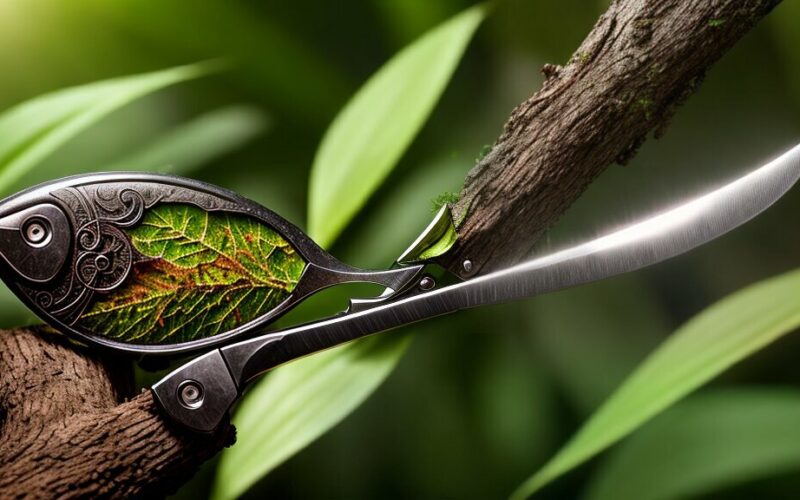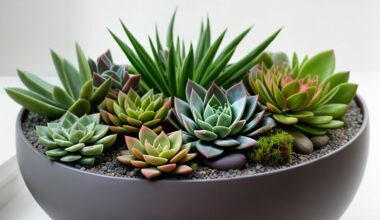If you’re an avid gardener or just starting out, you may have heard of loppers and their usefulness in pruning. But what exactly are loppers used for and how can they help you maintain a healthy and beautiful garden? In this section, we’ll explore the various uses of loppers, their benefits, and how they can make your gardening tasks easier and more efficient.
Key Takeaways
- Loppers are a versatile pruning tool used for cutting branches and shaping plants.
- There are different types of loppers available, each with unique features and cutting capabilities.
- Loppers can be used for both precision pruning and larger-scale tree and shrub maintenance.
- Choosing the right loppers for your specific needs is crucial for achieving optimal results.
- Maintaining and caring for your loppers will ensure their longevity and efficient performance.
Understanding Loppers: A Versatile Pruning Tool
If you’re not sure what loppers are, they are a type of pruning tool used to cut branches that are too thick for pruning shears. Loppers are a versatile tool that can be used for a variety of gardening tasks. They come in different sizes, designs, and types, including bypass, anvil, and ratchet loppers.
Bypass loppers work like scissors, where two sharp blades bypass each other to cut the branch. Anvil loppers work by having a single sharp blade cutting down onto a flat surface. Ratchet loppers are designed with a mechanism that allows you to make the cut in stages, which requires less effort.
When choosing loppers, consider the size of the branches you will be cutting. Different loppers have different cutting capacities, ranging from 1/2 inch to 2 inches or more. Also, consider the length of the handle, as longer handles provide more leverage and allow you to reach higher branches.
| Type of Loppers | Pros | Cons |
|---|---|---|
| Bypass Loppers | High precision cuts | Require sharp blades to work effectively |
| Anvil Loppers | Ideal for cutting thicker branches | May crush softer branches and stems |
| Ratchet Loppers | Less effort required for cutting | May require more time to make the cut |
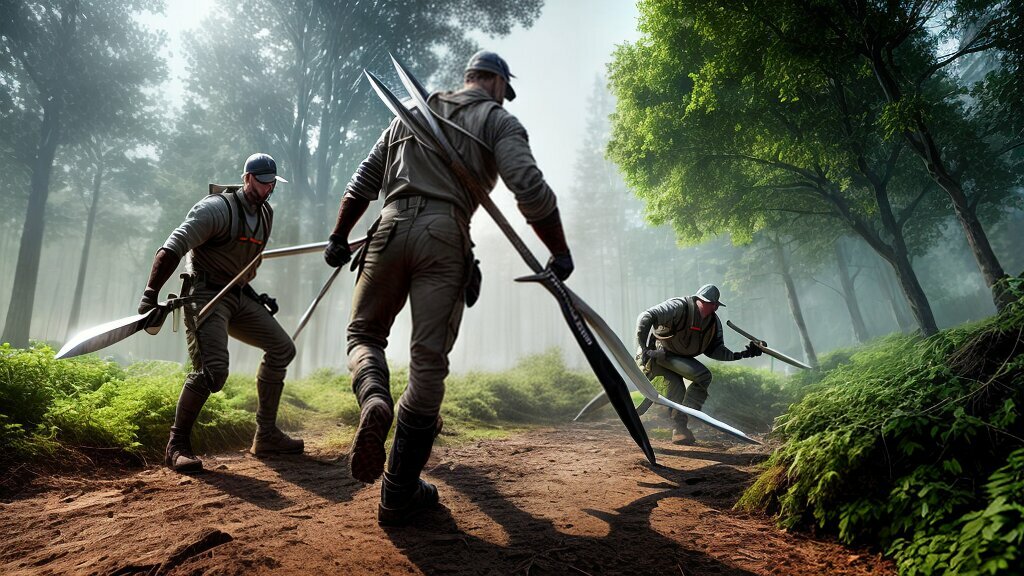
Using loppers requires some technique, so it’s essential to use them properly to prevent damaging the plant or injuring yourself. Hold the branch steady with one hand and make the cut with the other. Make sure the lopper blade is sharp, so you don’t have to apply too much force, which can affect the plant’s health.
Understanding the different types of loppers available and how to use them effectively will make your pruning tasks easier and achieve better results.
Key Uses of Loppers for Pruning Trees and Shrubs
If you have trees and shrubs in your garden, you know how important it is to keep them in good shape. Loppers are versatile pruning tools that can help you achieve this goal by allowing you to reach and cut branches that are too thick for regular pruning shears. Here are some key uses of loppers for tree and shrub pruning:
- Trimming Overgrown Branches: Loppers are the perfect tool for trimming branches that have grown too thick for regular pruning shears. They can handle branches up to 2 inches in diameter, making them ideal for shaping and thinning out large trees and shrubs.
- Shaping Hedges: If you have hedges in your garden, loppers can be used to shape them into neat and tidy forms. They can even be used to create topiaries, giving your garden an artistic touch.
- Maintaining Garden Health: Regular pruning with loppers helps keep your trees and shrubs healthy by removing dead or diseased branches that can spread to other parts of the plant. This keeps your garden looking beautiful and vibrant.
- Reaching Difficult Areas: Loppers come in different sizes, with longer handles for reaching high branches or tight spots. This makes it easier for you to prune hard-to-reach areas without straining yourself.
Using loppers effectively requires technique and precision. Always make clean cuts, avoiding tearing or damaging the bark. Remember to keep your loppers sharp for optimal performance. With the right technique and tools, you can achieve healthy and beautiful trees and shrubs in your garden.
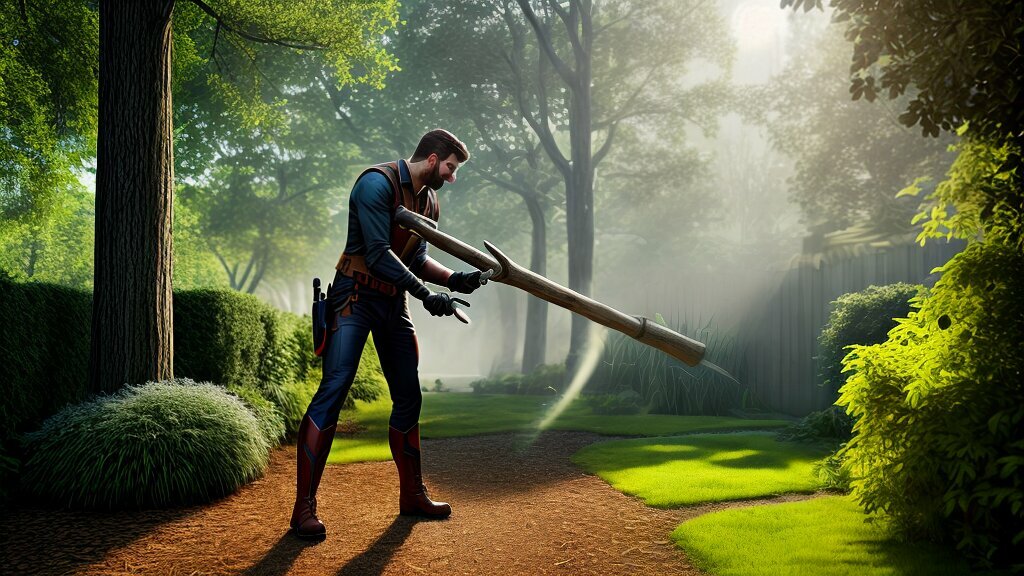
Loppers for Precision Pruning: Fine-Tuning Your Plants
In addition to their primary uses for cutting through thicker branches and stems, loppers are also an essential tool for precision pruning. With their longer handles and sharper blades, they provide the perfect amount of leverage and control for making precise cuts and shaping individual plants.
One of the most important applications of loppers in precision pruning is removing dead or damaged branches. By selectively cutting away these areas, you can help promote healthy growth and prevent the spread of disease. Loppers are also ideal for thinning out overly-dense foliage, allowing more light and air to reach the interior of the plant. This can help encourage new growth and improve the overall health and appearance of your plants.
Another common use of loppers in precision pruning is shaping individual plants. By selectively removing stems and branches, you can help guide the growth of your plants and achieve specific architectural designs. This is especially useful for creating topiaries, espaliers, and other ornamental shapes.
When using loppers for precision pruning, it’s important to use proper techniques to avoid damaging your plants. Always make clean, precise cuts at the correct angle, and avoid cutting too close to the trunk or main stem. You should also be careful not to remove too much foliage at once, as this can stress the plant and hinder its growth.
With their versatility and precision, loppers are an essential tool for any gardener looking to fine-tune their plants and achieve their desired aesthetic.

Choosing the Right Loppers for Your Needs
When it comes to selecting loppers, it’s important to consider a few key factors to ensure you get the right tool for your needs. The following considerations can help you narrow down your options:
- Size: Loppers typically come in different sizes, and the blade size is often an indicator of how thick a branch the tool can cut. Choose a blade size that matches the diameter of the branches you’ll be pruning.
- Cutting capacity: Some loppers feature a bypass cutting mechanism, which is better for cutting living wood, while others have anvil-style cutting mechanisms that are better for cutting dead or thick branches. Determine which cutting capacity you’ll need based on the types of plants you’ll be pruning.
- Handle types: Loppers can have either straight or curved handles, and may also come with additional features such as ergonomic grips or shock absorbers. Consider what handle type would be most comfortable for you to use over extended periods of time.
Based on these considerations, we’ve compiled a list of recommended loppers for different scenarios:
| Lopper Type | Recommended Use |
|---|---|
| Compact Loppers | For small gardens or light pruning tasks; easy to maneuver and store. |
| Heavy-Duty Loppers | For thicker branches and tougher pruning tasks; may require more strength to use but offer greater cutting capacity. |
| Pruning Lopper Set | For a variety of pruning tasks; includes different blade sizes and styles for versatility. |
| Extended Reach Loppers | For pruning higher tree branches without the need for a ladder; may be heavier and more difficult to maneuver. |
Remember to always choose loppers that are appropriate for your specific gardening needs, and take care to use them properly to avoid injury and ensure their longevity.
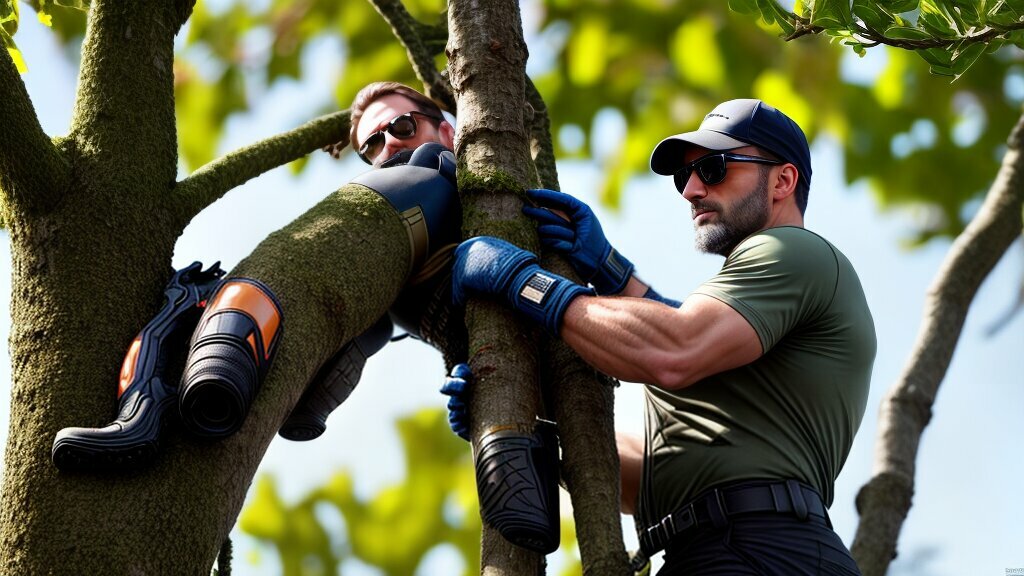
Caring for Your Loppers: Maintenance and Longevity
Proper care and maintenance of your loppers is crucial for their optimal performance and longevity. Here are some tips to keep your loppers in good condition:
Cleaning Your Loppers
After each use, make sure to wipe your loppers clean with a soft cloth to remove any sap or debris. You can also use a mild detergent solution to clean the blades. Avoid using harsh chemicals or abrasive materials that can damage the blades.
Sharpening Your Loppers
Over time, the blades of your loppers will become dull and need to be sharpened. Use a sharpening stone or file to hone the edges of the blades. Sharpen the blades at a slight angle to create a sharp, clean edge.
To test the sharpness of your loppers, try cutting through a small branch. If the blades can’t cut through the branch easily, they need to be sharpened further.
Storing Your Loppers
When storing your loppers, make sure to keep them in a dry place to prevent moisture and rust. You can also apply a light coating of oil to the blades to protect them from corrosion.
Always store your loppers in a safe place, out of reach of children and pets. You can also use a blade guard or sheath to protect the blades when not in use.
By following these simple care and maintenance tips, your loppers will provide you with many years of reliable service. Remember to always handle your loppers with care and use them safely to avoid injury.
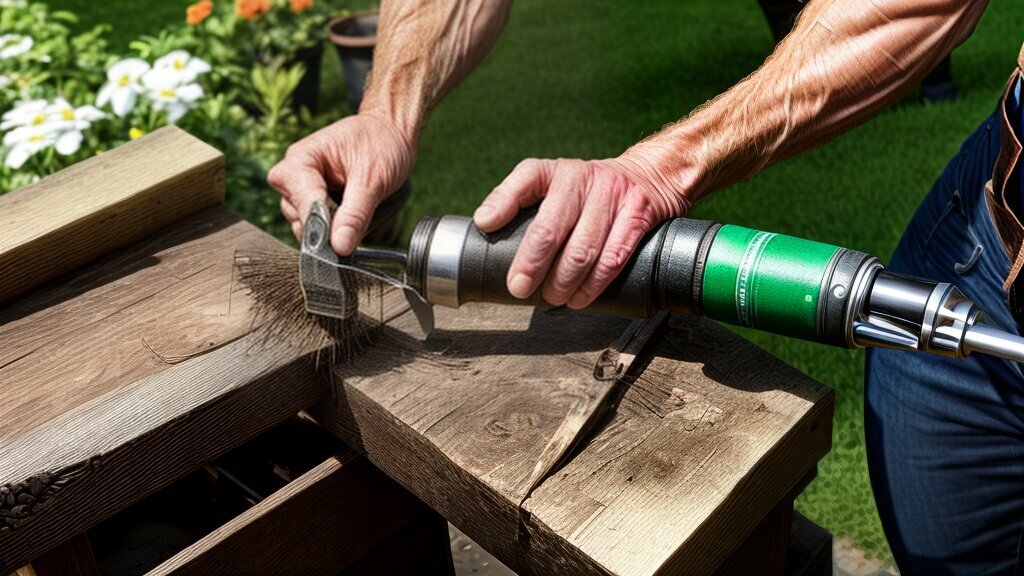
Conclusion
Congratulations! You’ve just completed the ultimate guide to garden pruning with loppers. Now you know the benefits, uses, and types of loppers available. You’ve learned how to use them to maintain your garden’s health and appearance, and how to select the right loppers for your needs.
Remember, using loppers can be an excellent way to keep your garden in shape and ensure the longevity of your plants. But always take necessary safety precautions while using loppers and care for them properly to optimize their performance and lifespan.
We hope this guide has been informative and helpful to you. So, next time you’re out in the garden, grab your loppers and put them to use. Your plants will thank you for it!

